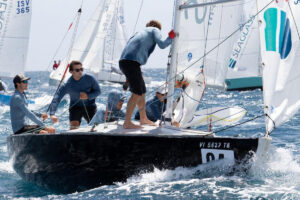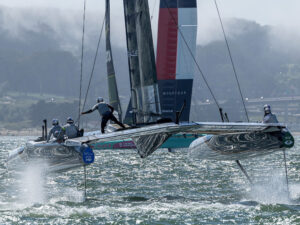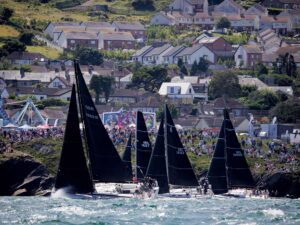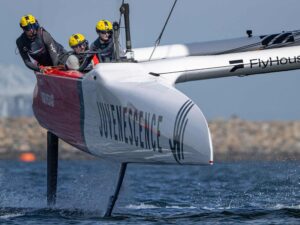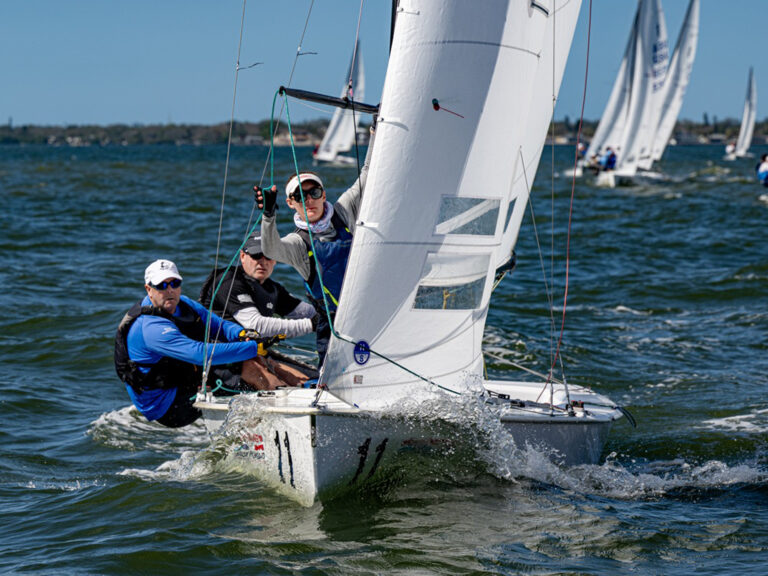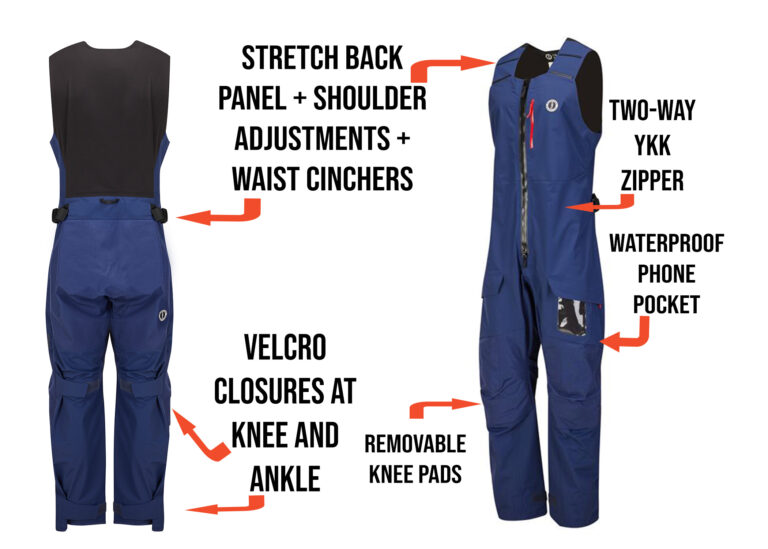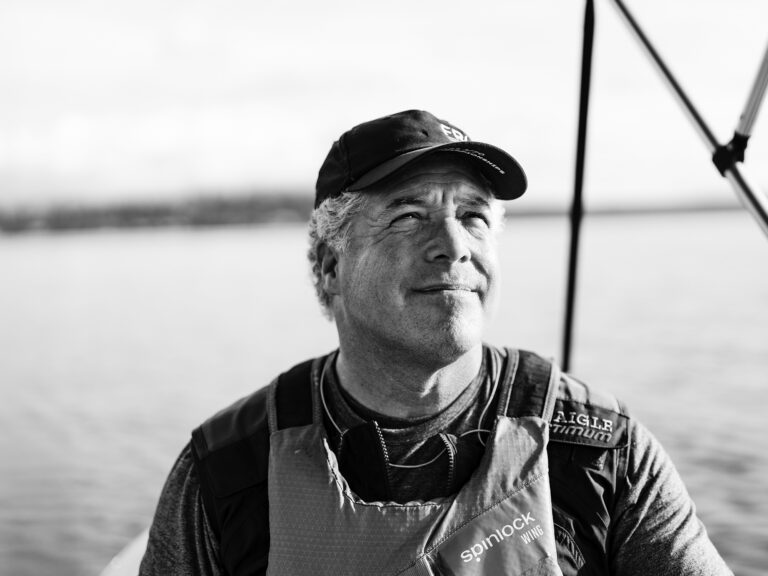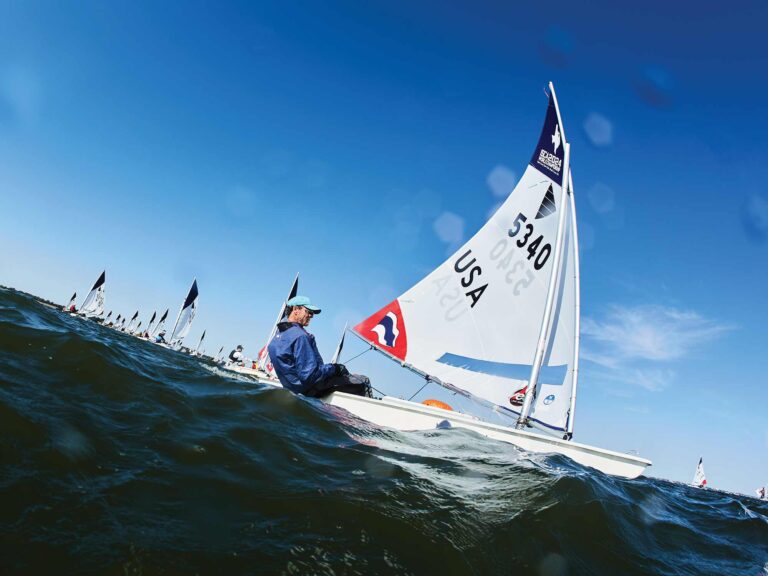**
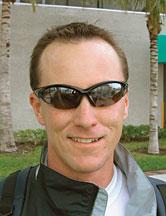
****Tony Rey** and the team on the Wally 95 Magic Carpet worked on perfecting the Sambuca last spring. Later in the year he taught it to Melges 32 and Swan 42 crews. All of which made the 42-year-old professional sailor the perfect choice to write our instructional story on the slick windward mark maneuver. This spring, Rey’s focus is squarely on the Farr 40 circuit; he’ll be calling tactics for Alex Roeper’s Plenty at 2010 Rolex Farr 40 Worlds in Casa de Campo, Dominican Republic. “The Farr 40 class has shrunk in size, but gotten a lot more competitive over the years,” says Rey. “Winning is about refining the little details, hiking harder, and gaining the inches needed for the critical first cross.” Rey will also keep an eye out for BMW Oracle Racing’s yet-to-be-released plans for the 34th America’s Cup. Like most Cup vets, he’s got an opinion on the proper course of action. “The litigation prior to the 33rd Cup sucked all the money and energy out of the event,” he says. “For the 34th America’s Cup to be successful, the defender needs to make it relatively easy for the small teams to get started right away. In my opinion, this means a monohull.”
**
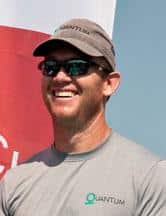
Morgan Trubovich.** In his youth, Trubovich, 37, was simply a trimmer, splitting his time between the headsails and the main. While match racing with Gavin Brady in 1996, the New Zealander switched to the jib and spinnaker full-time, and he’s made his living there ever since. “That was when match racing made the move to four-person crews,” he says. “If you wanted to have another set of tactical eyes, the best place to put them was on the main or the bow, and the bow was pretty scary. I never wanted to have a real tactical role; I wanted to be more in the engine room.”

When it comes to two-boat testing, North Sails One-Design’s Greg Fisher practices what he preaches. “Mike Ingham and I have been tuning partners for years; it’s helped both our performances,” he says. They have stuck to their same pre-race tuning routine, even when the other team is the only one standing in the way of a championship. “Before the last race of the 2008 Thistle Nationals, Mike and I were tied for first, yet we met up before the start, sailed around for 25 minutes, and then had a really tight race. We were lucky enough to win it.”
**
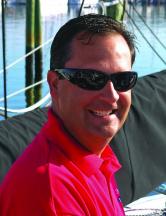
****Andy Burdick**, 39, joined Melges Boatworks full time in 1990, so he’s seen the company become the preeminent sportboat builder. Key to Melges’ success is bringing new owners up to speed in sportboat techniques. With the Melges 32, the most useful tool has been an annual mid-winter clinic/regatta. “What it does is remove any intimidation that comes with a raceboat,” says Burdick, who, on p. 62, shows us the fine points of jibing. “It allows people to learn how to set the boats up right, to learn the short cuts, and once that happens, the confidence level goes way up.”

